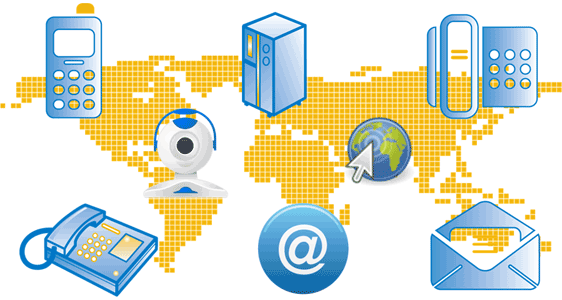“If at first you don’t succeed, try, try again.” This lovely phrase we all learned as children comes to mind when thinking about omnichannel (OC). It’s not new, or untried, but it is still an elusive goal for most centers.

Some OC efforts have been held back by the low volume of new channels. But here’s the rub: Many attempts at channel expansion suffer from poor execution – limited hours, intermittent availability, long response time, no QM, and no WFM to make sure staffing matches workload. These alternative channels don’t hit their stride because the center just isn’t taking them seriously. Customers notice and default to voice… even when they’d prefer not to.
Voice calls won’t be the predominant path forever! Beyond your aging parents or grandparents, how many people do you know who prefer to make a call as their first choice?… I thought so! In fact, folks can get rather annoyed when called on their cell phones rather getting texts!
So – YES – you need to get in gear and put omnichannel back on the table. Look at your customer demographic and figure out how they want to communicate – then do it well! Here are a few rules of thumb to make your implementation successful:
DO:
- Consider various perspectives – starting with the customer
- Engage all channel owners for self-service and assisted service
- Consider channel crossing: (i) From self-service to assisted service; (ii) From one channel to another on inbound (e.g., text to call); and, (iii) From one channel to another on outbound (e.g., customer calls, agent sends a text or email)
- Consider the strategy for assisted service coming from each self-service option, such as: (i) Web to email, chat, call; (ii) Mobile app to text, call; (iii) Mobile web to chat, email, call, and (iv) IVR to call
- Address security issues appropriate to your industry – for example, authentication and what can be done via chat or text
- Treat channels with common respect and diligence – knowledge tools, reports, performance targets, WFM and QM
DON’T:
- Have point solutions for a single channel that have no integration to other channels for routing, reporting, etc.
- View your next step in the omnichannel pursuit as “we need to add a new channel”
- Treat new or lower volume channels differently in terms of the rigor of management and performance (e.g., no WFM, QM, reporting and analytics)
- Have separate knowledge bases for answers provided in different channels
FINALLY: Don’t forget the associated process and people changes, looking within the contact center, but also across your organizational ecosystem. It will be a journey to true OC, but it’s not too late to start and it is definitely time to get started… again.
Want to learn more? Download Time to Try Omnichannel… Again.
